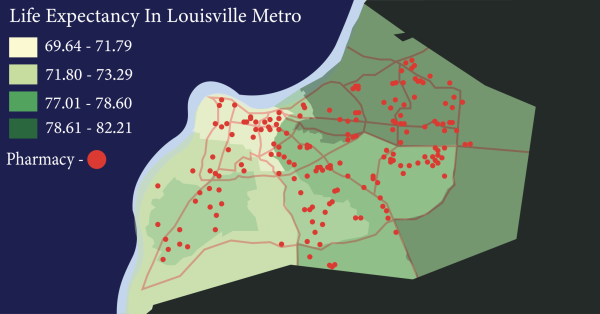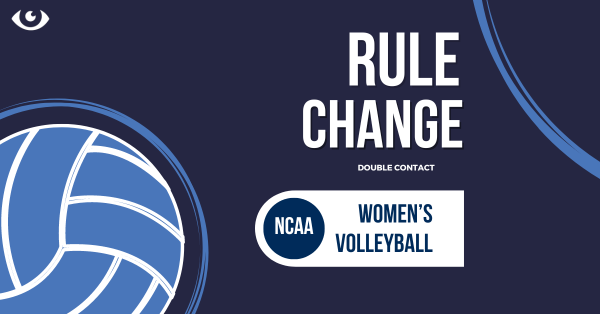OPINION: Colleges should offer more need-based scholarships for their low income students
February 2, 2022
In the United States, the average student loan debt is $37,693. After 20 years of finishing school, that amount has only dropped to $20,000. The cost of college has increased since 1980 and the number of students enrolled in college has also steadily increased.
Despite the continual surge in college costs and enrollment, funding for public institutions has decreased. Public schools rely on state, local, and private funding and in 1981, their revenue was compromised 50 percent from solely these departments. In 2016 this dropped to 26 percent. Private schools are also in the same boat, their tuition and fees are even heftier than public schools and their federal funding is from 19 percent to 13 percent.
The employment rates based on the degree level of an individual as of 2020 showcase the advantage of a college background on the likelihood of being hired, 78 percent of individuals with some college (less than a bachelor’s degree), and 86 percent with a bachelor’s degree or higher selected for the job they applied for. Only 69 percent of those with a high school degree were hired for a job. With this in mind, the college has not only become a source of educational enrichment but a way for students to secure their future in ensuring they are not only employed but have a salary they can live off.
In Kentucky, the minimum wage is $7.25 and Kentucky State Lawmakers are pushing to increase it to $15 an hour. The current minimum wage is only $21,112 as a full-time seven-day-a-week job is an unrealistic estimate. The average salary for families in Kentucky is $52,295, which is much higher than the minimum wage estimate. Although, looking at this in terms of family contribution, when parents have multiple students in college or plan on attending college, staying level with the costs becomes a challenge for them to juggle.
As high school students, at the age of 17 or 18, one of the most important financial decisions for their future will be made dependent on their decision to attend college or not. Each alternative is different from student to student and their current economic status plays a heavy role. For many whose plans after high school are college, the need to secure a scholarship becomes the next big step.
Both private and public colleges offer two types of financial aid: merit-based scholarships and need-based scholarships. The difference between the two is merit-based regards the academic rigor of the student and the other considers family and student income to their ability to afford tuition costs. At most colleges, the amount of merit-based scholarships offered trump the number of need-based scholarships.
In the last two years, many schools have begun shifting to test-optional, no longer requiring the ACT/SAT for admissions but for many scholarships that score still weighs heavily. The ACT/SAT exams serve as a determination for a student’s academic success in college.
However, the American Educational Research Association found that a student’s high school grades and GPA are five times stronger than ACT scores at predicting graduation from college.
Such standardized tests also put low-income students at a disadvantage. The resources to score high on these exams are outside their affordability. School districting also is an additional factor. Schools that are not focused on raising standardized test scores for students but focus on students meeting grade-level standards set these students behind.
These factors are a domino effect on the student but the impact is immense. Therefore a school’s decision to award scholarships to students based on their achievement on standardized tests or academic rigor defeats the purpose of driving a student towards a future they can enjoy. Instead, schools are rushing to meet expectations that will ultimately make students mirror applicants. Students reflect the expectations colleges require of them and are challenged to set themselves apart from other students. This process weighs stress for students the closer and closer they reach to their senior year.
In turn, colleges need to consider that a student in their teenage years cannot expect to have perfected every ounce of their resume in their academic journey. The “family contribution” portion of financial aid for many students often means nothing and students have mentally prepared themselves for the fact that they are alone in this process.
Providing more need-based scholarships for students is one step to combating this issue. Guaranteeing every student’s financial need is met is still a project in the works. However, many colleges have started coming close. Colleges need to consider how they provide aid to students in a more well-versed manner. Students deserve a shot at their future and should not have to close the door on dreams because of a ticket price when they have given the last four years everything that was in the grasps of their fingers.
Generous financial aid packages are available and some colleges 100 percent of the student’s financial needs. Yet, many of these colleges carry prestige and are some of the most competitive schools in the country. Students have the chance to apply if their scores have not met the cut, have lost their best financial option and instead must opt for the next best bet. The college choice has shifted from asking where you feel most at home to which you are the most likely to afford?
For students currently facing this issue, there is still some hope. Many outside organizations provide need-based scholarships to students sent directly to their college of choice.
Colleges need to consider how they disperse scholarships, while it is easy to look at a score that ideally reflects a student. Some circumstances can disadvantage the student from having a seat in the university and financial hardship.

















